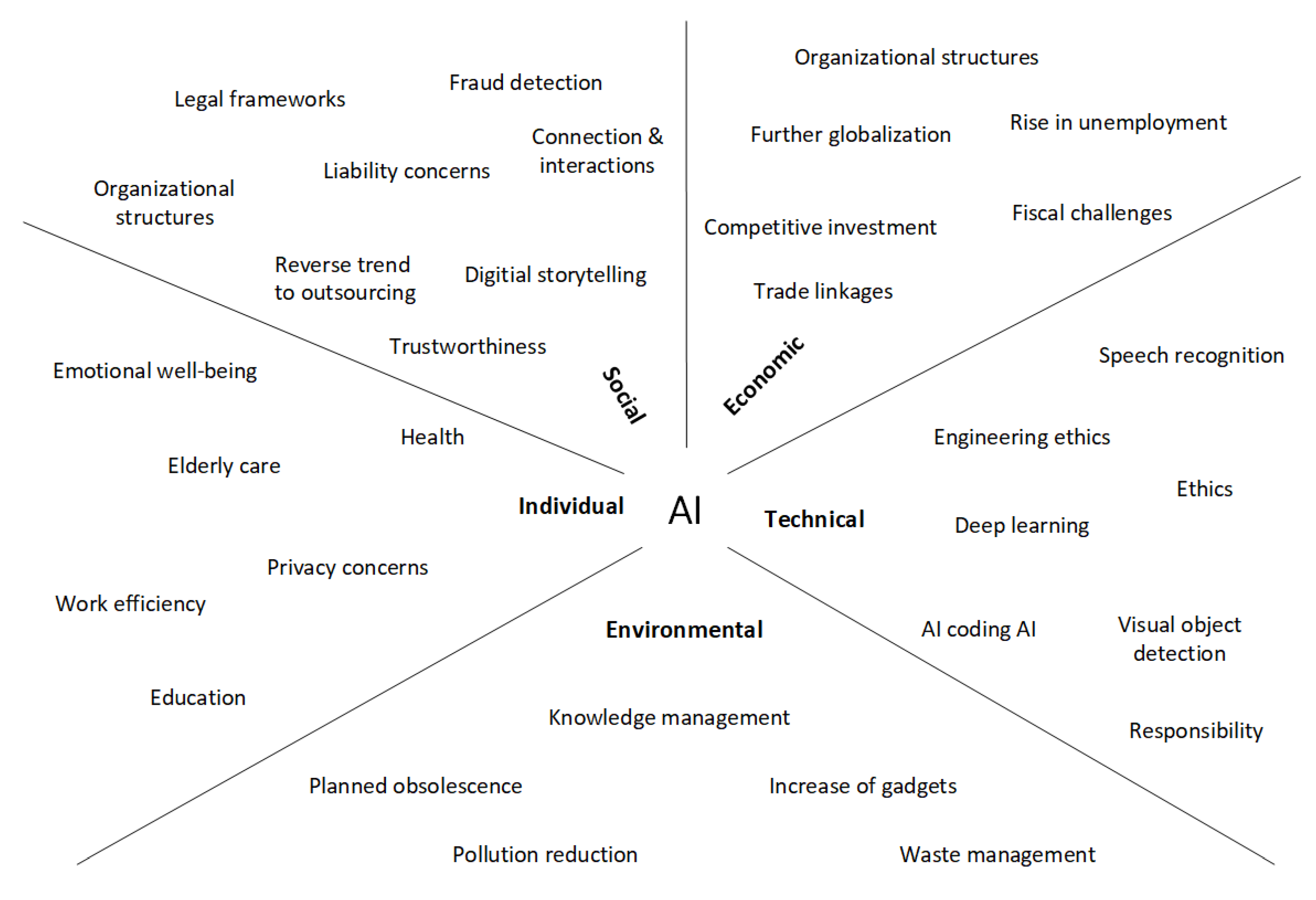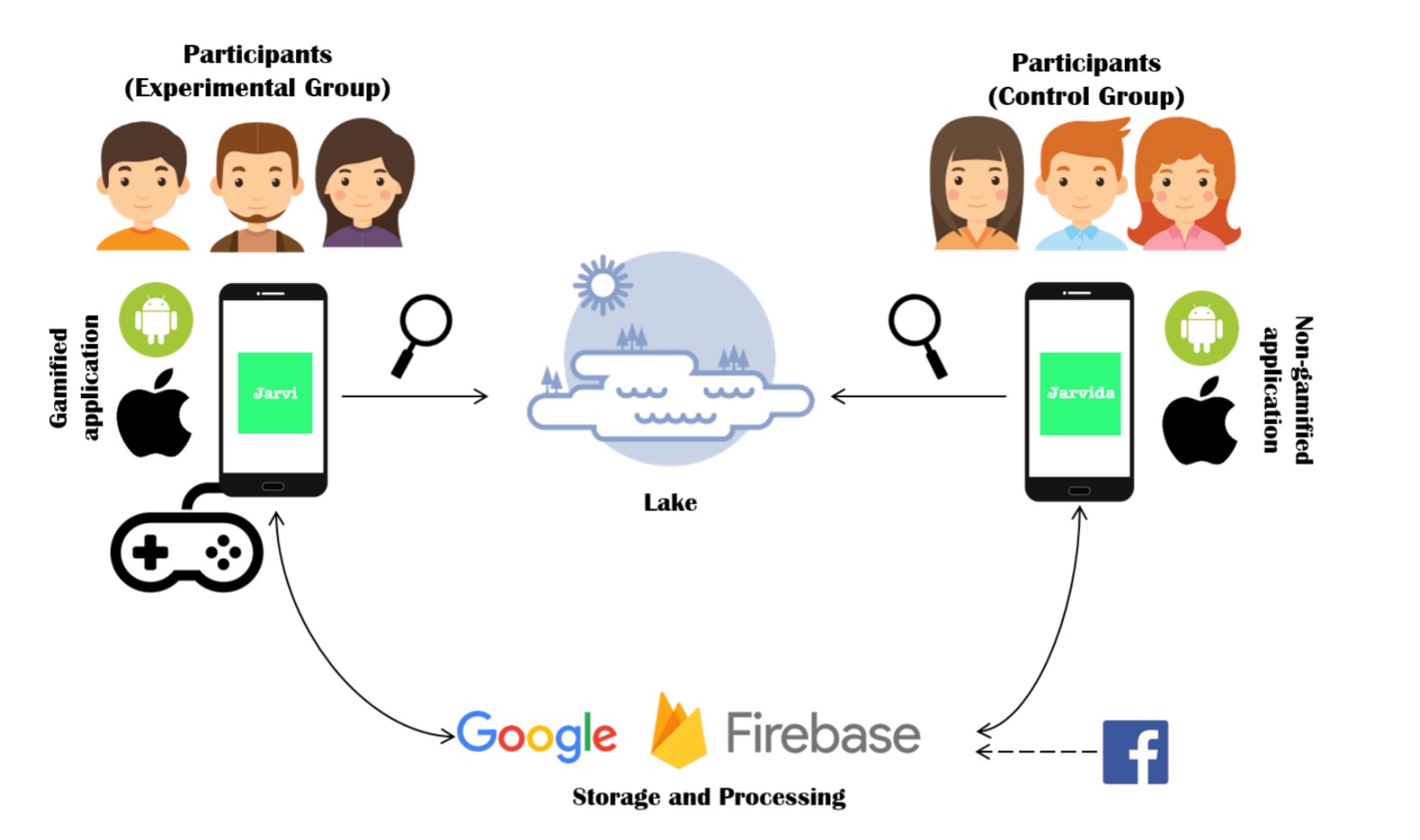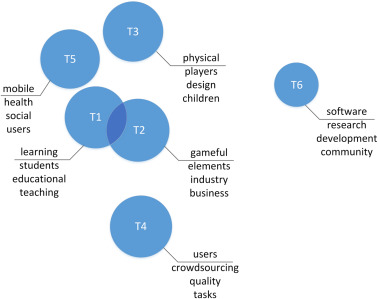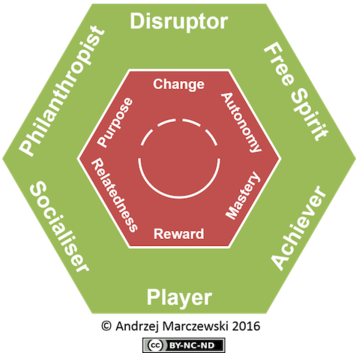05 Nov 2018 ·
1
min read
 Figure 1. Sustainability analysis diagram of the artificial intelligence (AI) field according to the five dimensions of sustainability. (Khakurel et al., 2018)
Figure 1. Sustainability analysis diagram of the artificial intelligence (AI) field according to the five dimensions of sustainability. (Khakurel et al., 2018)
I had the privilege to participate to the sustainability analysis of AI technologies with my colleagues Jayden, Birgit, and others. Recently we published a paper in the Technologies journal where we mapped the impact of AI on sustainability on five axis: Social, economical, technical, environmental, and individual.
Read More
An open access version of the paper is available at MDPI.
Continue reading
29 Apr 2018 ·
2
min read
 Figure: System and Experiment Structure (Palancin-Silva et al., 2018)
Figure: System and Experiment Structure (Palancin-Silva et al., 2018)
Over the winter I had the privilege to participated in a pilot project initiated my colleague Palacin-Silva to investigate the impact of gamification on user engagement in environmental sensing. We used a participatory sensing approach where citizens actively participate in monitoring their environment. Participatory sensing can be said to be a type of civic technology in the sense that it empowers citizens to actively participate, instead of being passive recipients of environmental data. In this case the participants monitored the thickness of lake ice in Lappeenranta, Finland, where there was a pre-existing community. This community for example maintains their section of the Lake Wiki.
In our approach, we created two applications for monitoring lake ice thickness, one with gamification and one without to specifically evaluate the impact of gamification. The gamified application had a statistically significant effect on user effectiveness, as measured by the number of interactions and new data inputted by the user compared to the time the application was open. Both groups found the application as usable and as satisfying to use.
Continue reading
18 Apr 2018 ·
1
min read
Figure: Collecting data with RuuviTag and receiving it with Node-RED
Projects with small embedded devices have become a lot more easy in recent years, thanks to affordable and easy Internet of Things devices and more accessible programming environments. Just one year ago I did a small, fun project with a friend after receiving a RuuviTag from Kickstarter. We measured sauna temperatures with the intention of getting an alarm when it was hot enough to enjoy. We used a Node-RED server running on a RaspberryPI device. From there we forwarded the data to the ThingSpeak service for web-based visualization. I should note that nowadays there are more visually impressive services available as well, such as Grafana. It’s open source, too.
I have done earlier projects with devices similar to Arduino and they involving a lot of C programming and soldering cables to ordinary sensor devices. They’re still available and more reliable in some sense, but for some purposes devices like RuuviTag just make everything so pain-free. You don’t always feel like wiring your apartment with new cabling and struggling with C code. Also, the visualization platforms available nowadays are just impressive.
Continue reading
11 Dec 2017 ·
1
min read
 Figure: Topic modeling -based analysis of current application areas in gamification
Figure: Topic modeling -based analysis of current application areas in gamification
Gamification, or the application of game elements in non-game environments, is nowadays an increasingly popular field of research. The number of yearly publications on the topic has grown overwhelmingly. In this paper, we mapped the publication trends in gamification, and analyzed which in which fields the application of gamification is most popular. Health, play, education, crowdsourcing, and software development were identified as the most trending topics.
Read More
The paper is available at ScienceDirect. Alternatively, you can request a preprint at ResearchGate.
Continue reading
14 Oct 2017 ·
3
min read
 Figure: Marczewski’s (2015) Gamification User Type Hexad
Figure: Marczewski’s (2015) Gamification User Type Hexad
Gamification is a trending topic in both research and commercial applications. However, there has been uncertainity of when and where gamification is effective, and which approaches are suitable different users and environments. Recent studies have proposed that personalization is a key and gamification is not necessarily a one-size fits all method. In this study, we have used the gamification user type hexad (Marczewski, 2015; Tondello et al., 2016), van Roy’s (2017) heuristics for effective gamification design, and Deterding’s (2015) design lenses to create an adaptive gamification system for personalized gamification. The CN2 rule induction machine learning method was used to distill the expert panel created gamification ruleset into a decision-making algorithm. The gamification algorithm matches situations and user types with specific gamification challenges.
The application domain is a computer-supported collaborative learning environment, where software engineering students work together in teams. The aim of the system is to encourage beneficial interactions along the principles of self-determination theory (Deci & Ryan, 2012).
Read More
Read more at the CEUR Workshop Proceedings archive of the Proceedings of the 1st Workshop on Games-Human Interaction (GHITALY 2017) or the preprint at ResearchGate. Alternatively get an overview from the conference presentation slides.
Continue reading
 Figure 1. Sustainability analysis diagram of the artificial intelligence (AI) field according to the five dimensions of sustainability. (Khakurel et al., 2018)
Figure 1. Sustainability analysis diagram of the artificial intelligence (AI) field according to the five dimensions of sustainability. (Khakurel et al., 2018) Figure: System and Experiment Structure (Palancin-Silva et al., 2018)
Figure: System and Experiment Structure (Palancin-Silva et al., 2018) Figure: Topic modeling -based analysis of current application areas in gamification
Figure: Topic modeling -based analysis of current application areas in gamification Figure: Marczewski’s
Figure: Marczewski’s